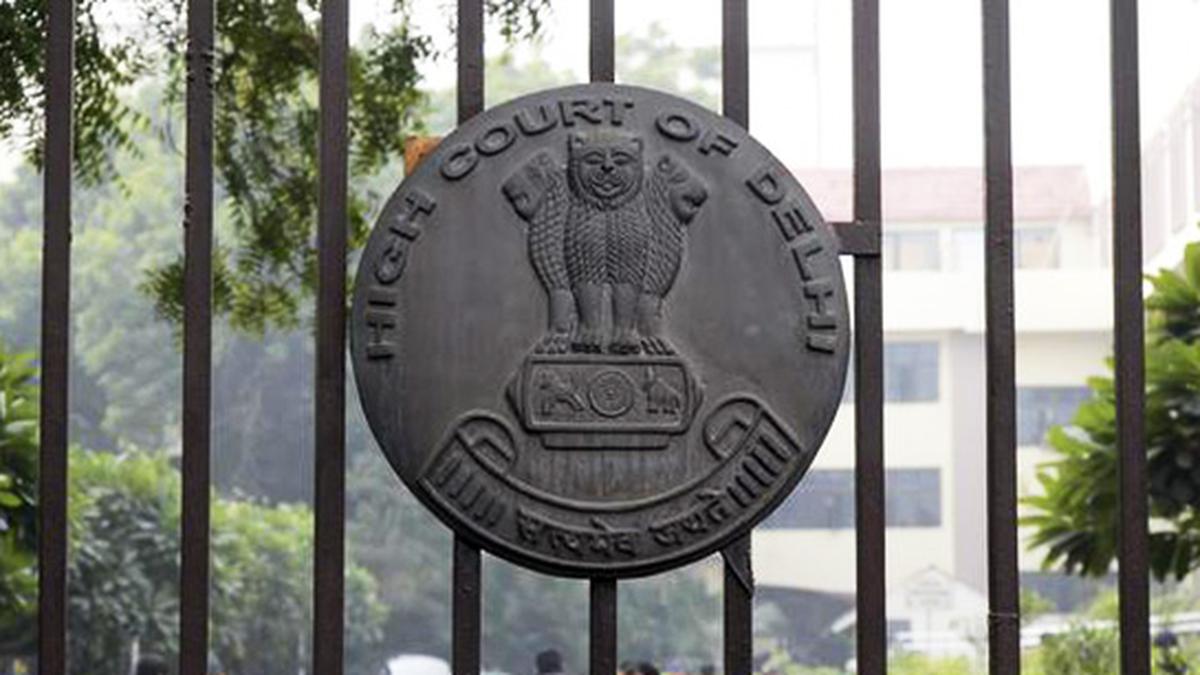A note for New Delhi on dealing with ‘Trumperica’
With a flourish of his pen, United States President Donald Trump waded through dozens of files within hours of being sworn in, with executive orders (EOs), revocation orders of Biden-era decisions, campaign commitments to the ‘Make America Great Again’ (MAGA) base and exit orders from a number of multilateral agreements and organisations. The decisions, which the White House referred to as ‘100s of Executive actions in the first 100 hours to kick off America’s Golden Age’, will, no doubt, have lasting implications for the U.S and for the world. For India — that has seen a year-on-year improvement in ties with the U.S. for the past quarter-century — the visible signs from the Trump administration have been positive, given India’s External Affairs Minister S. Jaishankar’s visit to the Trump inauguration, the meeting of the Quad Foreign Ministers and the bilateral with his counterpart Marco Rubio — which was Mr. Rubio, the new U.S. Secretary of State’s first — followed by the Trump-Modi call. On closer analysis of the economic impact, however, these optics may be deceptive. As New Delhi prepares for a visit by Prime Minister Narendra Modi to Washington, and Mr. Trump’s visit to India later this year, a detailed analysis over the issues that will most affect India, with the duopoly of immigration and taxes at the forefront, is necessary.
The immigration crackdown
On immigration, Mr. Trump’s specific orders on securing borders, guarding against “invasions” by illegal aliens, designating cartels as foreign terrorist organisations and advanced vetting of the visa issuance process on the one hand, as well as raids and arrests by the Immigration and Customs Enforcement (ICE) agency on the other make it clear that this is a major priority. While New Delhi has reacted to these measures with sanguine statements on taking back all illegal immigrants who are verifiably Indian, it would be short-sighted not to see the deeper, three-pronged economic effect on India.
Indians are now the second largest group of citizens being granted U.S. citizenship legally (after Mexico) and have cornered a predominant share of H-1B visas; but they are also the third largest in terms of illegal entry. Mr. Trump’s actions will affect not just thousands of Indians who undertake perilous journeys by air and sea, and then by foot over South and Central America and Canada to the U.S.’s land borders, but also those currently in the U.S. A Pew Research analysis of ICE numbers says 7.25 lakh Indians are amongst about 14 million in the total undocumented migrants, with more than 18,000 Indians in detention centres on a “final removal list” for deportation.
First, if the Trump administration does escalate deportation flights — as it did in its first term — over the next four years, India will have to deal with the loss of remittances and provide for the returnees, adding to the unemployment crisis in India.
Second, as Mr. Trump has shown by successfully strong-arming Colombia into accepting deportations without conditions, or face the imposition of 25% tariffs instead, any refusal to do so would also incur economic costs.
Third, these migrant numbers refer largely to blue-collar workers, but other measures by Mr. Trump are also aimed at the white-collar, middle-level managers, engineers and other professionals. Mr. Trump’s EO to end citizenship birth rights may be struck down by the judiciary, but the message from the move, that follows restrictions on H-1B spousal work privileges in his first term, is clear — the welcome mat for those seeking to move permanently and raise families in the U.S. is being removed. This will require a reassessment of India’s own education and skilling policies to ensure that all the science, technology, engineering and mathematics (STEM) graduates who would be impacted can be absorbed.
Trade and the weaponisation of tariff
If the impact of immigration actions takes some imagination, the result of Mr. Trump’s trade policy plans needs none whatsoever, going by his pronouncements and the harsh punitive measures he undertook in his first term. On inauguration day, Mr. Trump’s EOs and Exit Orders included an “America First Trade Policy” and a directive to Mr. Rubio to implement an “America First Foreign Policy”. India must be prepared for how it will respond to the U.S.’s weaponisation of tariffs as a means to enforce Trumpian diktats. During Trump 1.0, New Delhi quietly accepted the withdrawal of its Generalized System of Preferences (GSP) status, and Mr. Trump’s order to end all oil imports from Iran and Venezuela. In Trump 2.0, such actions might not only enable the U.S.’s bully-tactics further, but it may also incentivise others such as China to follow suit.
The U.S.-China relationship has confused many over the past week: Mr. Trump’s threat of 10% tariffs on China is far lower than the 60% he had said he would impose, while his invitation to China’s President Xi Jinping for the inaugural, a U-turn on the TikTok ban and Mr. Rubio’s contention that the “US does not want Taiwanese independence” could upset many calculations. While previous attempts by earlier Presidents for a U.S.-China “G-2” have been short-lived, Mr. Trump’s description of his call with Mr. Xi on January 17, where they had agreed to do “everything possible to make the world more peaceful and safe”, suggests he is also attracted to some version of the idea, which will affect an Indian economy now primed for the U.S.-China rivalry to escalate, bringing in an inflow of investments.
In addition, Washington’s withdrawal from the World Health Organization, the Organization for Economic Co-operation and Development’s Global Tax Deal, the Paris accord on climate changes, the freezing of USAID funding worldwide, and its revocation of previous mandates for green businesses, electric vehicles and wind and solar power will also carry a cost for India, that had been promised by the U.S. of funding for its development and energy transition.
On an ‘AI-Pocalypse’
The biggest economic consequences of Trump 2.0’s measures, will however come from his overdrive on artificial intelligence (AI). In the inaugural seating plan, tech tycoons eclipsed top members of the Trump cabinet on the dais. The launch of the $500 billion Stargate AI Infrastructure project by Mr. Trump, to be built by a group of tech companies, was another marker of this priority for the new administration. It is conceivable for Mr. Trump, that encouraging investments in AI is the stone that kills two birds — taking the U.S. to the top of the technology game in the face of the latest “DeepSeek” competition from China, and also reducing the need for foreign migrant ‘techies’. While some of the ‘labour disruptions’ from the use of AI will simply require repurposing tech professionals for new tasks, the massive scale of replacement that some tech leaders predict with Artificial General Intelligence (AGI), will make them completely redundant. Listen carefully when Google CEO Sundar Pichai says that more than 25% of new code at the company is already generated by AI, although it is reviewed by engineers at present. And pay heed to Mark Zuckerberg when he says that AI will begin to replace mid-level engineers at Meta and other tech companies from this year.
India’s trade policy, free trade agreement negotiations, and the walkout from the Regional Comprehensive Economic Partnership over the last decade have been largely driven by the logic of promoting Indian services. IT-BPM (Information Technology–Business process management) accounts for 55% of GDP, and about 40% of India’s exports.
If the big tech wave that first sent hundreds of thousands of successful Indian-Americans to U.S. shores from the 1960s was necessitated by the U.S.’s desire to outrun the Soviet Union on technology after its launch of the Sputnik satellite, this new big tech tsunami could instead drown out the hopes of the new generation of Indian tech professionals wishing to migrate. Despite commentary suggesting a distancing of foreign policy from the problems of Indian migrants, the sheer numbers involved mean that the government cannot.
As a result, New Delhi must engage with what all these tech, trade and migration trends portend for India’s future, and the economic concerns it must factor into in its diplomatic negotiations with “Trumperica”.
suhasini.h@thehindu.co.in
Published – February 01, 2025 12:16 am IST




